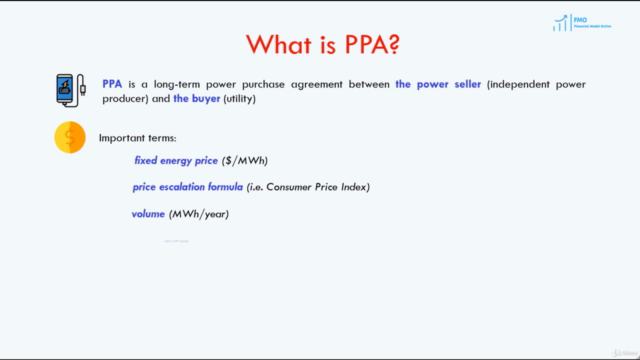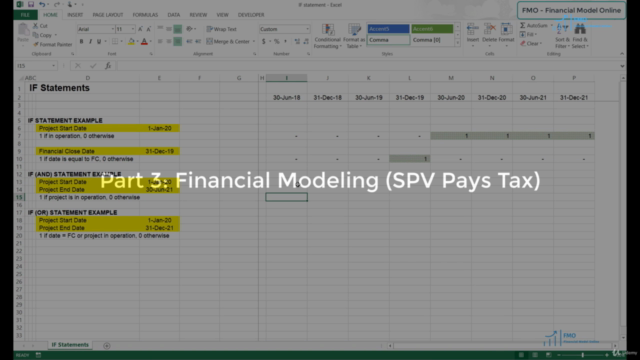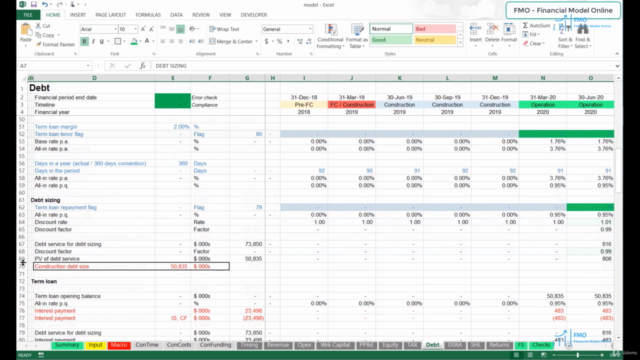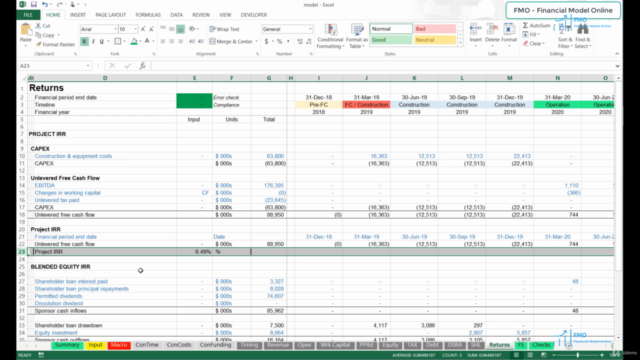Project Finance Modeling for Renewable Energy
Learn Financial Modeling for wind and solar projects
4.72 (578 reviews)

1,799
students
16 hours
content
Mar 2025
last update
$159.99
regular price
What you will learn
How to build project finance model from scratch in excel for wind and solar projects;
Learn how renewable energy projects get developed and financed;
How to create best practice macro’s and Excel VBA codes to break circularities;
Learn how to size debt based on multiple covenants for wind and solar projects;
How to model Debt Service Reserve Account;
How to model unlevered project returns and blended equity returns;
Learn to integrate multiple probability exceedance generation profiles (P50, P99) into the financial model;
Learn basics of GP/LP flip structures and tax equity for project financing;
Gain insights into financial model development process, step-by-step – for a renewable energy model.
Screenshots




Related Topics
3290856
udemy ID
7/2/2020
course created date
7/23/2020
course indexed date
Bot
course submited by